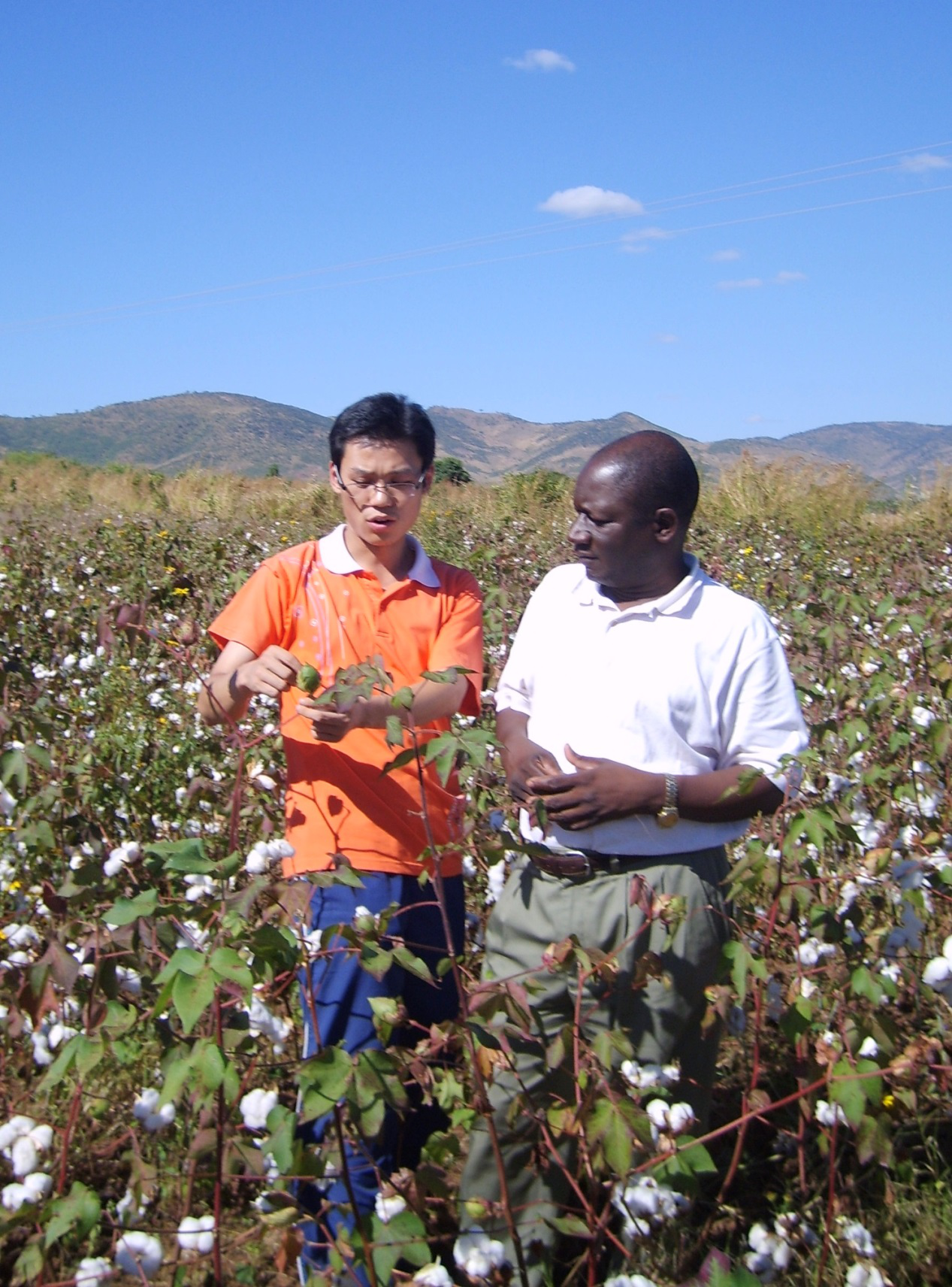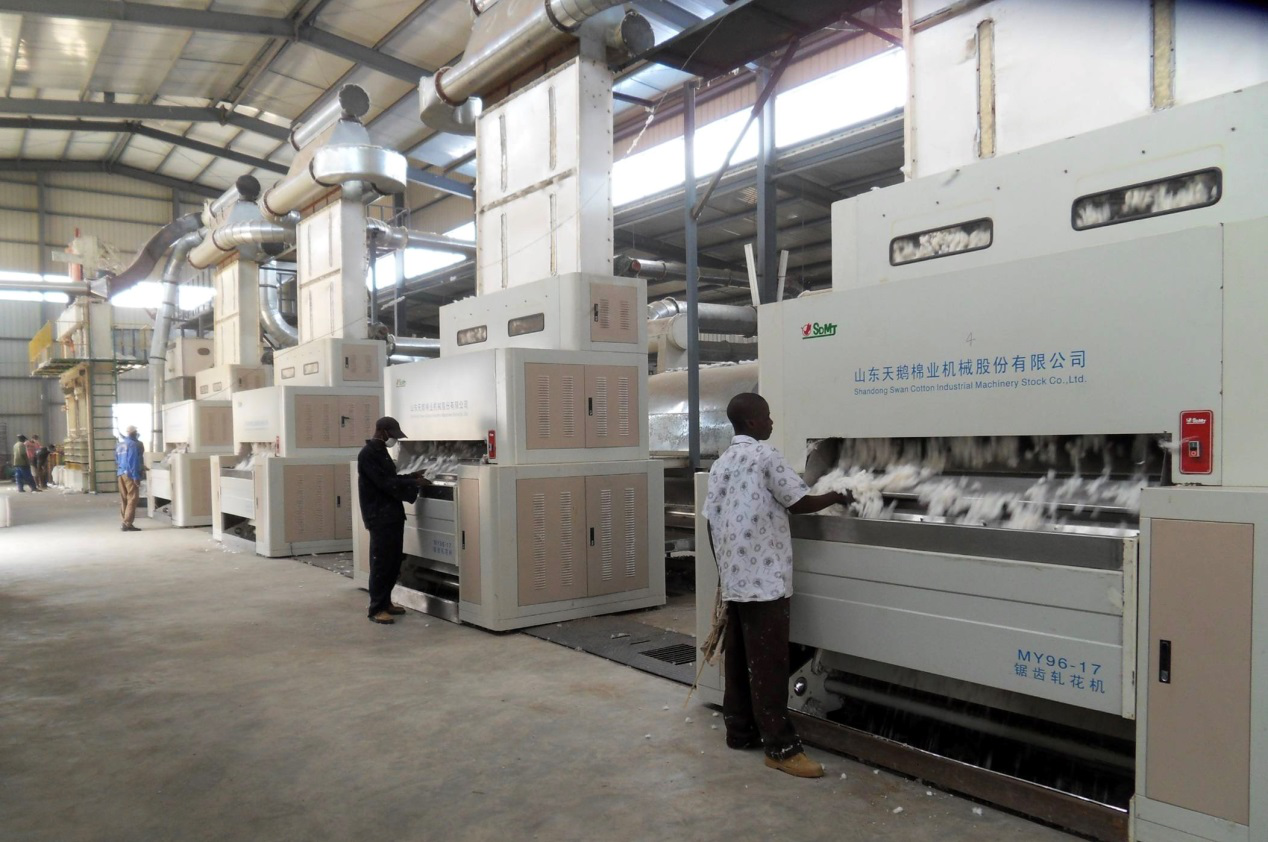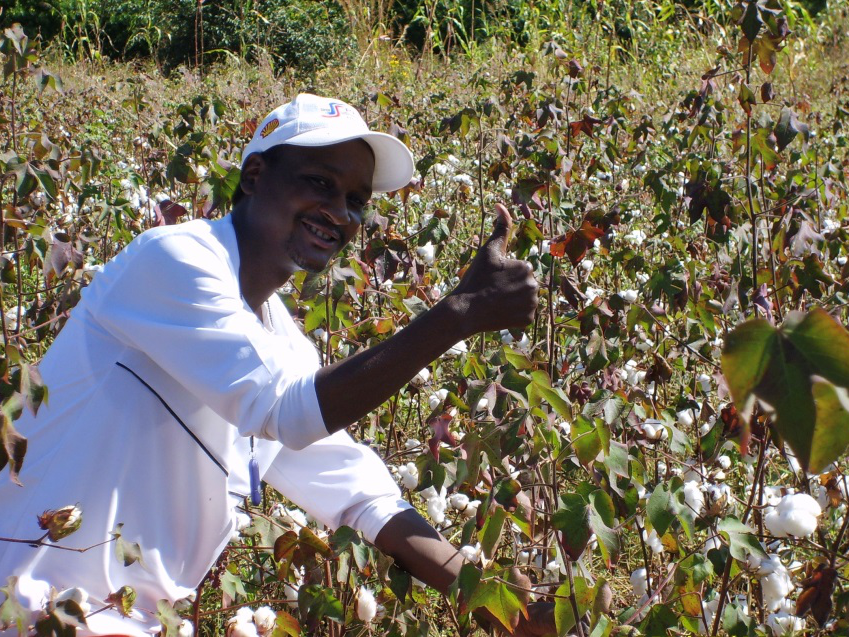The United Nations Office for South-South Cooperation (UNOSSC) and the China-Africa Development Fund (CADFund) have published the South-South in Action series of seven case studies showing the great impact made by the CADFund in Africa in advancing the achievement of the UN sustainable development goals (SDGs).
The cases present some of the best practices in South-South and triangular cooperation initiatives and provide a window for Southern partners to learn and recognize the opportunities for collaboration that exist in the South.
As one of the important initiatives of the Forum on China-Africa Cooperation, the CADFund has been committed to serving China-Africa cooperation with a market-oriented approach, giving full play to its financial advantages and guiding role as a platform in the 13 years since its establishment.
The CADFund introduced Chinese enterprises as well as Chinese capital, technologies, production capacity and management experience which help create employment opportunities, increase tax revenues and enhancing productive capacities of Africa.
The sixth case of this series focuses on a cotton project in Africa jointly funded and established by the CADFund and a Chinese company, which has helped improve the agriculture and planting industry in African countries.
Overview
African countries are all eager to develop their agriculture and planting industry but their agricultural infrastructure needs to be improved, as do their agricultural policies and output. Southern Africa and West Africa have unique climate conditions for cotton cultivation. In 2009, the CADFund, together with Qingdao Ruichang Cotton Industrial Co., Ltd. and Qingdao Huifu Textile Co., Ltd., jointly funded and established China-Africa Cotton Development Co., Ltd. to build and merge into the value chain the cotton ginning mills, oil extraction plants, spinning plants and seed companies in countries such as Malawi, Mozambique, Zambia and Zimbabwe. The project involves the whole value chain of the industry from cotton breeding, acquisition, processing and sales to cottonseed oil extraction and the sale of edible cottonseed oil as well as the production of cotton by-products and the spinning of low-grade cotton, etc. The total investment was about 64 million U.S. dollars. Giving full play to the advantages of "investment plus loan", CDB and the CADFund provided medium-to-long-term investment and financing support to the project, solved the financing difficulties regarding the investment in and production of cash crops, enhanced the vitality of the project, and promoted the sound and sustainable development of the company.

Project Management
Based on China’s cotton-processing standards, the company built ginning plants with advanced cotton processing equipment from China to produce cotton products meeting international standards for global sales. The introduction of Chinese cotton-seed processing equipment and the selection of seeds with a high germination rate, good disease and insect resistance, and high yield laid a foundation for local cotton farmers to increase production and incomes.
The company adopts the "company plus households" model in cotton production. Its specific practice is to "integrate six links" and "serve three levels". The six links to be integrated are seed supply, technical guidance, material supply, product purchasing, product processing and product sales. The three-level promotion service system refers to dispatching technical promotion personnel to related districts, counties and villages to manage farmer households, including signing planting contracts, distributing seeds, chemical fertilizers, pesticides, agricultural machinery and other agricultural materials, organizing farming and providing technical guidance, and purchasing products, etc. Every year the farmers receive technical training from the company to adapt to changes in seasons and technologies.
Impact
The project has connected rural areas with factories. On the one hand, through effectively mobilizing the local farmers, it has ensured a stable supply of upstream products and has brought more jobs and income to local people. On the other hand, through building local factories, it has increased the efficiency of operations and has achieved a scale effect, which has helped the stable development of the project.
a. Promotion of economic development and employment opportunities

The project has not only promoted the development of the cotton industry in African countries, but also provided ample employment opportunities for the local people and promoted local economic development. It has been highly recognized by both the central government of China and the governments of host countries. The project employs more than 3,300 local people and has driven 40,000 to 50,000 households to grow cotton, benefiting more than 200,000 local households. While creating job opportunities, China-Africa Cotton Development Co., Ltd. has also provided cotton planting materials and technical training to farmers, helping more farmers to expand their cotton planting area. In the past three years, the company has invested more than 2.5 million U.S. dollars to benefit 136,687 farmers.
b. Integration of existing resources to create industrial synergy
At present, the project has investments in Malawi, Mozambique and Zambia, covering seven cotton ginning plants, two oil extraction plants and two cotton-seed processing plants. Every year it purchases more than 100,000 tons of seed cotton, extracts more than 7,000 tons of oil and breeding more than 6,000 tons of seeds, utilizing hundreds of thousands of hectares of land and benefiting more than 1 million people.

In order to enhance the added value of products, the project started to actively develop downstream business. In the first half of 2018, a spinning factory was built in Malawi, which further promoted the development of the cotton textile industry in eastern Zambia-Malawi. It made full use of the existing resources in the region to create industrial synergy.
c. Empowerment of women to find jobs and improvement in employee welfare
The project organizes women to plant sunflowers by offering sunflower seeds free of charge and signing contracts to purchase sunflower seeds. At present, more than 1,300 local women have participated in the project, earning a total of more than 100,000 U.S. dollars. Since 2010, the company has been providing funeral subsidies to every employee. Since 2014, it has been cooperating with insurance companies to provide funeral insurance for the company’s contracted farmers. Now 6,260 people have been covered by funeral insurance, thus relieving people of that burden.

Replicability
Sub-Saharan Africa and West Africa are home to the high-quality cotton production of the continent. They share the same planting patterns. The production and operation model of the project can be promoted in other important cotton-production areas in Africa, such as the five cotton-producing countries in West Africa, to benefit more farmers. Based on the experience of the project, future similar projects should fully evaluate the local characteristics and actual conditions in Africa at the research stage to understand the conditions necessary for the development of the cotton industry. In the stages of project planning and actual operation, it is necessary to follow closely the allocation and use of the working capital of the project.




 A single purchase
A single purchase









